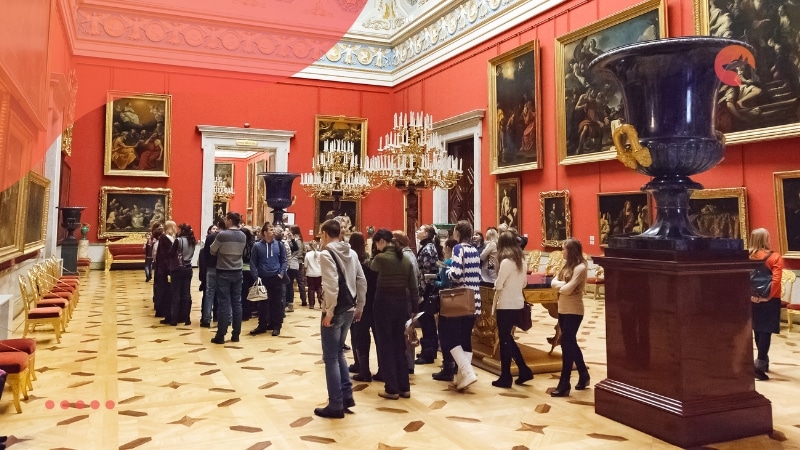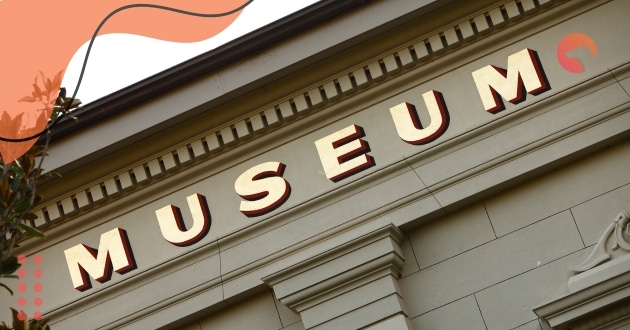In today’s digital age, virtual tours of famous museums have transformed the way people experience art and history. Through innovative technology, anyone with an internet connection can now explore the intricate corridors of the Louvre or the stunning galleries of the British Museum from the comfort of their home.
The accessibility provided by virtual tours of famous museums bridges the gap between physical location and cultural enrichment. For individuals who may never have the opportunity to travel, these online experiences offer an immersive alternative.
More importantly, virtual tours of famous museums have redefined the role of museums in the modern world. By adapting to the digital realm, institutions preserve their relevance in a rapidly changing society. These tours highlight the resilience and innovation of cultural spaces, ensuring that history and art remain accessible to future generations.
The Rise of Virtual Museum Tours

The concept of virtual museum tours gained traction as technology advanced, allowing institutions to digitize their collections. High-resolution imaging and 360-degree views now replicate the feeling of standing in front of iconic pieces like the Mona Lisa or the Rosetta Stone.
This shift was especially prominent during the global lockdowns, where physical visits were impossible but cultural exploration thrived through digital means.
Key Benefits of Virtual Museum Experiences
1. Accessibility for All
Virtual tours eliminate the physical and financial barriers associated with traditional museum visits. Whether it’s a student researching for a project or an art enthusiast exploring world-famous collections, these digital platforms ensure inclusivity and equal access to knowledge.
2. Enhanced Interaction and Learning
One of the most significant advantages is the ability to engage with exhibits interactively. Features like detailed captions, audio guides, and clickable information panels provide context and historical background, enriching the overall experience.
Visitors can learn at their own pace, which is often a luxury unavailable in crowded, time-restricted museum settings.
Transforming the Role of Museums
1. Adapting to a Digital Era
Museums have long been seen as static institutions, but virtual tours showcase their adaptability. By embracing digital technology, these cultural hubs demonstrate their commitment to staying relevant in a world dominated by online interactions.
2. Fostering Global Cultural Exchange
Through virtual tours, museums become more than just local landmarks—they transform into global cultural ambassadors. Audiences from different continents can access and appreciate art, history, and culture beyond their borders, promoting a shared understanding of humanity’s achievements.
Bridging Virtual and Local Art Experiences
While virtual tours of famous museums provide an incredible way to explore global art and history from the comfort of home, they can also inspire a deeper connection to local art scenes. Virtual museum visits often spark curiosity about artistic expressions closer to home.
For those interested in blending global inspiration with local exploration, discovering how to find local art exhibitions is an excellent next step.
By complementing virtual experiences with visits to nearby galleries and exhibitions, art enthusiasts can gain a well-rounded appreciation for both international and local artistry. This approach not only supports cultural institutions globally but also fosters engagement with regional art communities.
The Technology Behind Virtual Museum Tours (Virtual tours of famous museums)
Virtual museum tours rely on cutting-edge technology such as 3D imaging, augmented reality (AR), and virtual reality (VR) to create immersive experiences. These tools replicate the feel of walking through museum galleries, offering unprecedented detail and interactivity.
High-resolution imagery and 360-degree videos allow viewers to appreciate even the smallest brushstrokes on famous paintings or intricate details in historical artifacts.
Beyond visuals, interactive elements like guided audio tours, clickable exhibits, and live Q&A sessions with curators enhance the virtual experience. These features make learning dynamic and personalized, catering to both casual visitors and dedicated art enthusiasts.
Health Through Virtual Museum Tours
Virtual experiences like virtual tours of famous museums not only provide cultural enrichment but also contribute to mental well-being. Engaging with art, even digitally, has been shown to reduce stress and promote relaxation. Institutions like the CDC emphasize the importance of incorporating activities that support mental health.
Virtual museum tours thus serve a dual purpose: they expand cultural horizons while offering therapeutic benefits, aligning with broader efforts to promote holistic well-being. By merging art with accessibility, these tours are a valuable resource for enhancing both cultural understanding and mental health.
How Virtual Museum Tours Shape Education (Virtual tours of famous museums)
Virtual museum tours have revolutionized education, making world-class cultural artifacts accessible to classrooms worldwide. Teachers can incorporate these tours into their curriculum, allowing students to explore ancient civilizations or modern art movements without leaving the classroom.
For individuals outside traditional educational settings, virtual tours are a gateway to self-directed learning. They encourage curiosity and exploration, enabling people to delve into subjects that spark their interest at their own pace.
Virtual Tours as a Cultural Bridge
Virtual museum tours break down geographical and economic barriers, enabling people from all walks of life to access renowned collections. This global reach fosters a shared appreciation for human creativity and history, promoting cultural exchange and understanding.
Beyond iconic museums, virtual tours also highlight lesser-known institutions and regional art. This exposure broadens viewers’ perspectives, introducing them to diverse cultural narratives and artistic styles.
FAQ: Virtual Tours of Famous Museums
1. What are virtual tours of famous museums?
Virtual tours of famous museums are digital experiences that allow users to explore museum collections and exhibitions online. They use technologies like 360-degree imagery and high-resolution scans to replicate the feeling of walking through museum galleries.
2. Are virtual museum tours free?
Many virtual museum tours are free and accessible to the public. However, some institutions may charge a fee for premium content, guided tours, or exclusive access to certain exhibits.
3. Do I need special equipment to take a virtual tour?
No, most virtual tours can be accessed using a standard device like a computer, tablet, or smartphone. For an enhanced experience, some tours may offer compatibility with virtual reality (VR) headsets.
Conclusion: Virtual tours of famous museums
Virtual tours of famous museums have redefined how we experience art and culture, making them accessible to a global audience. Through the power of technology, these tours allow us to explore world-class exhibits, uncover hidden stories, and engage with history in ways that were once unimaginable.
Moreover, virtual museum tours are not merely substitutes for in-person visits; they are valuable experiences in their own right. They offer unique benefits, such as the ability to revisit favorite pieces, explore at one’s own pace, and access interactive features that deepen understanding.
As technology advances, the future of virtual museum tours holds even greater promise. From augmented reality to immersive VR experiences, the boundaries of cultural exploration will continue to expand, creating new opportunities for connection and learning.



